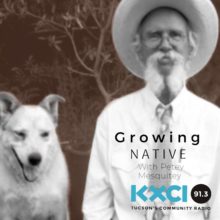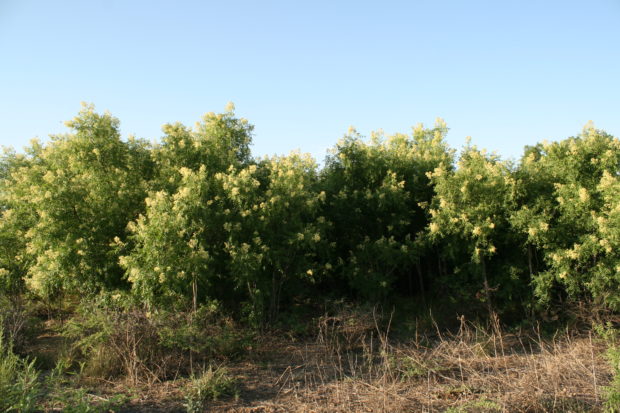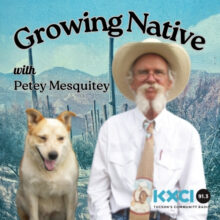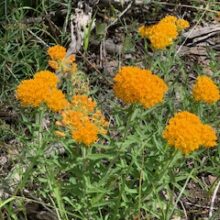
Western soapberry is Sapindus saponaria var. drummondii and is in the family Sapindaceae. In the soapberry family there are around twelve species. I say “around twelve species” because that’s about as close as I could get checking several different references. This could be a good project for someone wanting a graduate degree: clarifying how many species of Sapindus there are in the world. One of the requirements for this research would be ability to enjoy travel, because you will be all over the globe identifying soapberry trees in their diverse habitats.

And here are a few things I thought might interest you. Our western soapberry tree is the host plant of the Soapberry Hairstreak butterfly. I found that one source for the laundry and shampoo soap nuts that one sees advertised in catalogs is the tree Sapindus mukorossi of northern India. I guarantee you that there are countries much closer to home where different species are used in the same way. And by the way, it is the pulp of the fruit and not the seed that is sudsy, so the use of “nuts” in the name is misleading. I can’t help but wonder if our western soapberry could be a local source for “soap nuts”. I can see it now: LOCALLY SOURCED, SUSTAINABLE, ALL NATURAL (and gluten free). Oh, I forgot to mention that in some countries the fruit is mashed and used as a fish poison…an easy way to harvest food I suppose and cheaper than dynamite.

The photos are mine and are of the thicket of western soapberry trees found at our place near the banks of the Ol’ Guajolote. The flowers are quite showy aren’t they? In the fall the leaves turn a glorious gold and translucent amber berries persist atop the naked branches through the winter. What a marvelous native tree!






